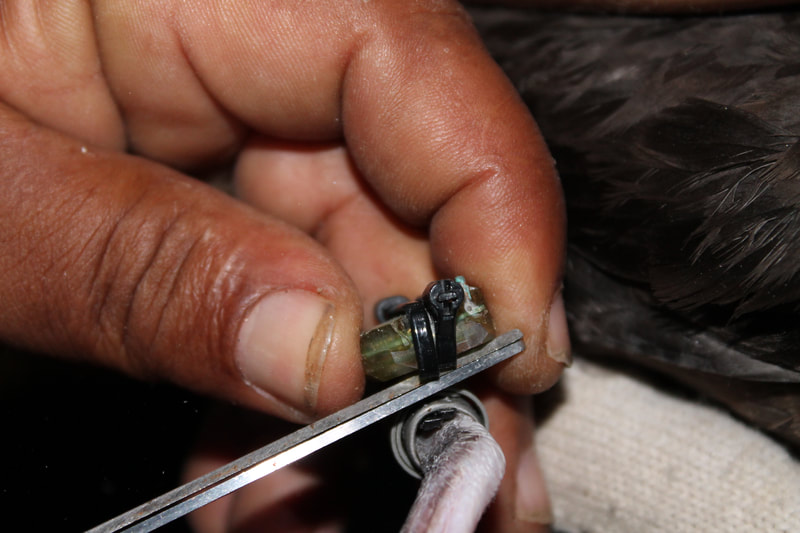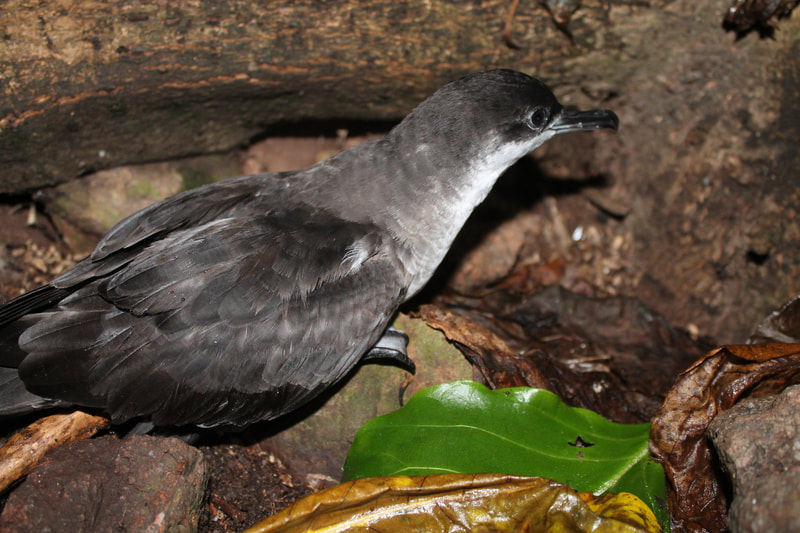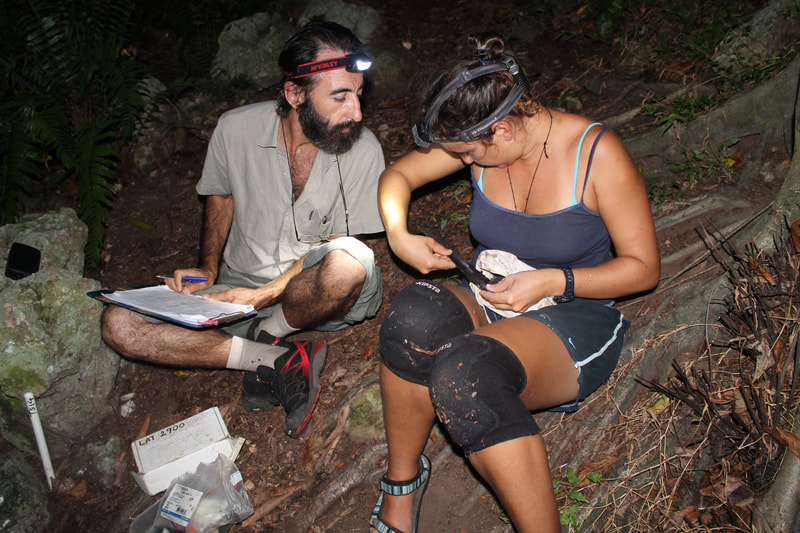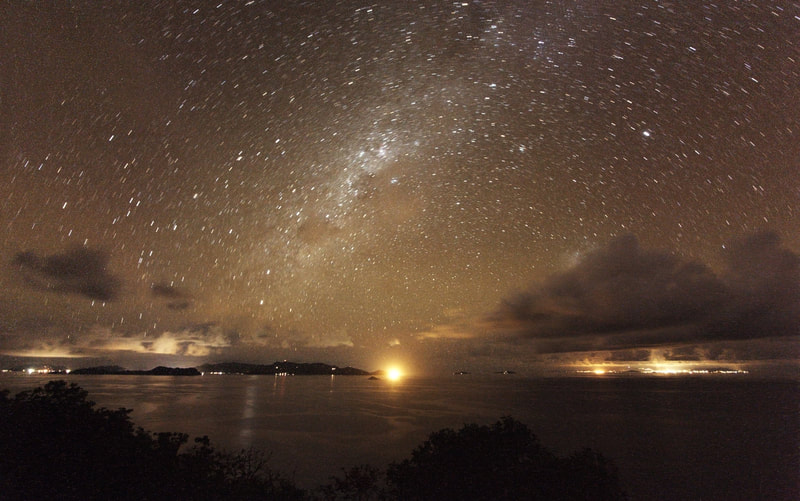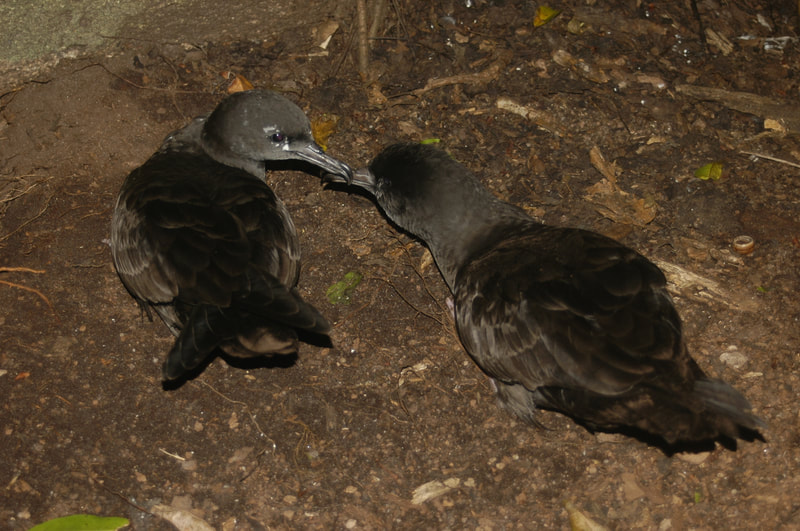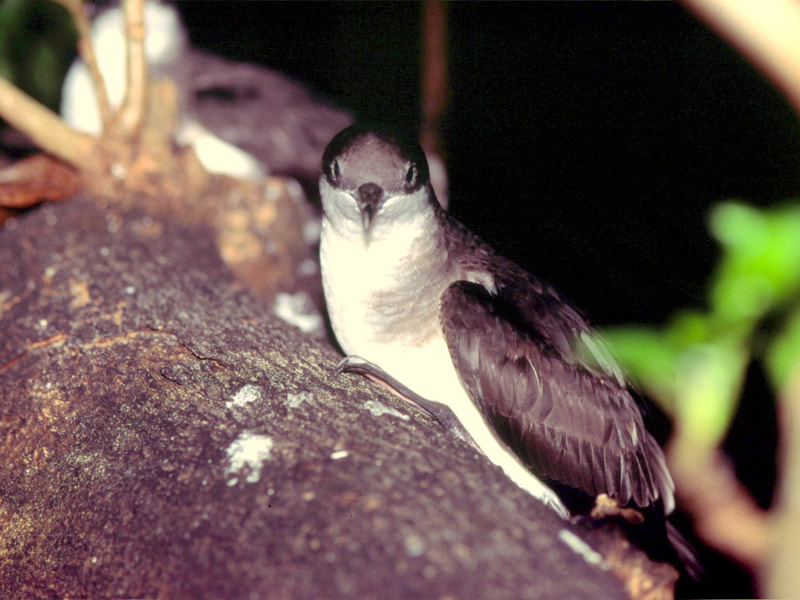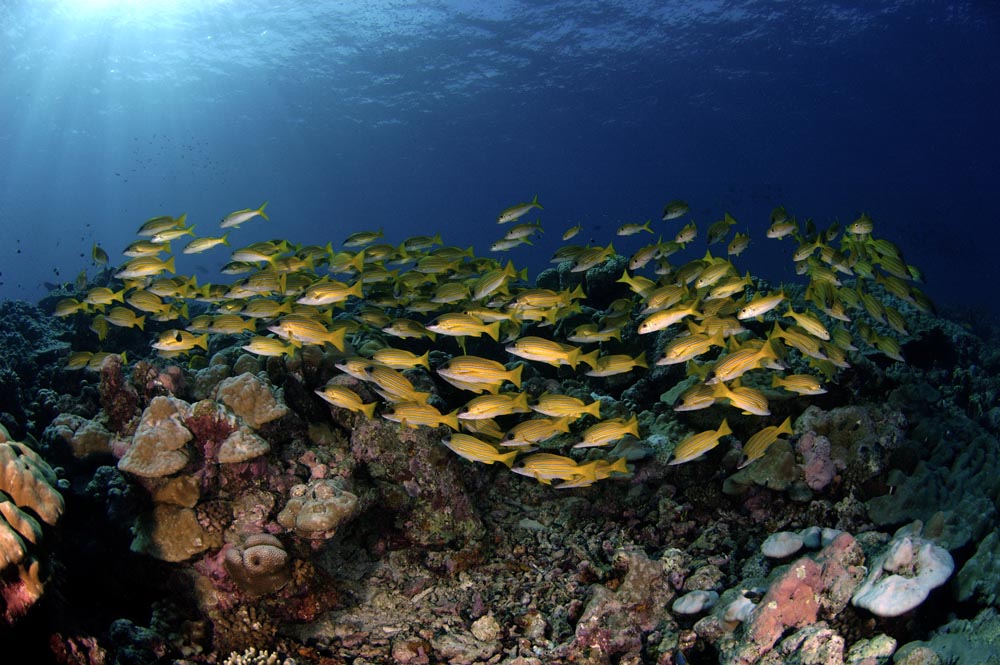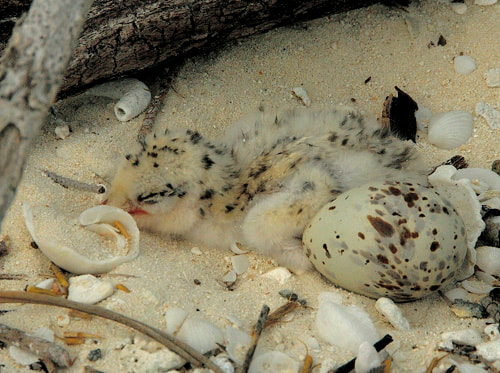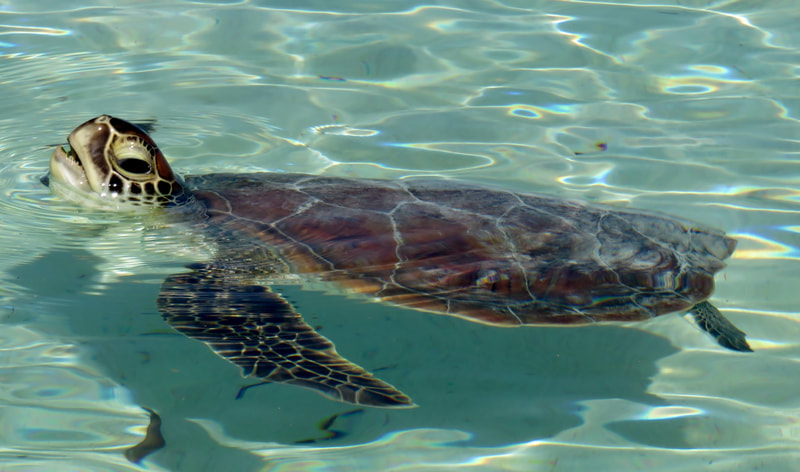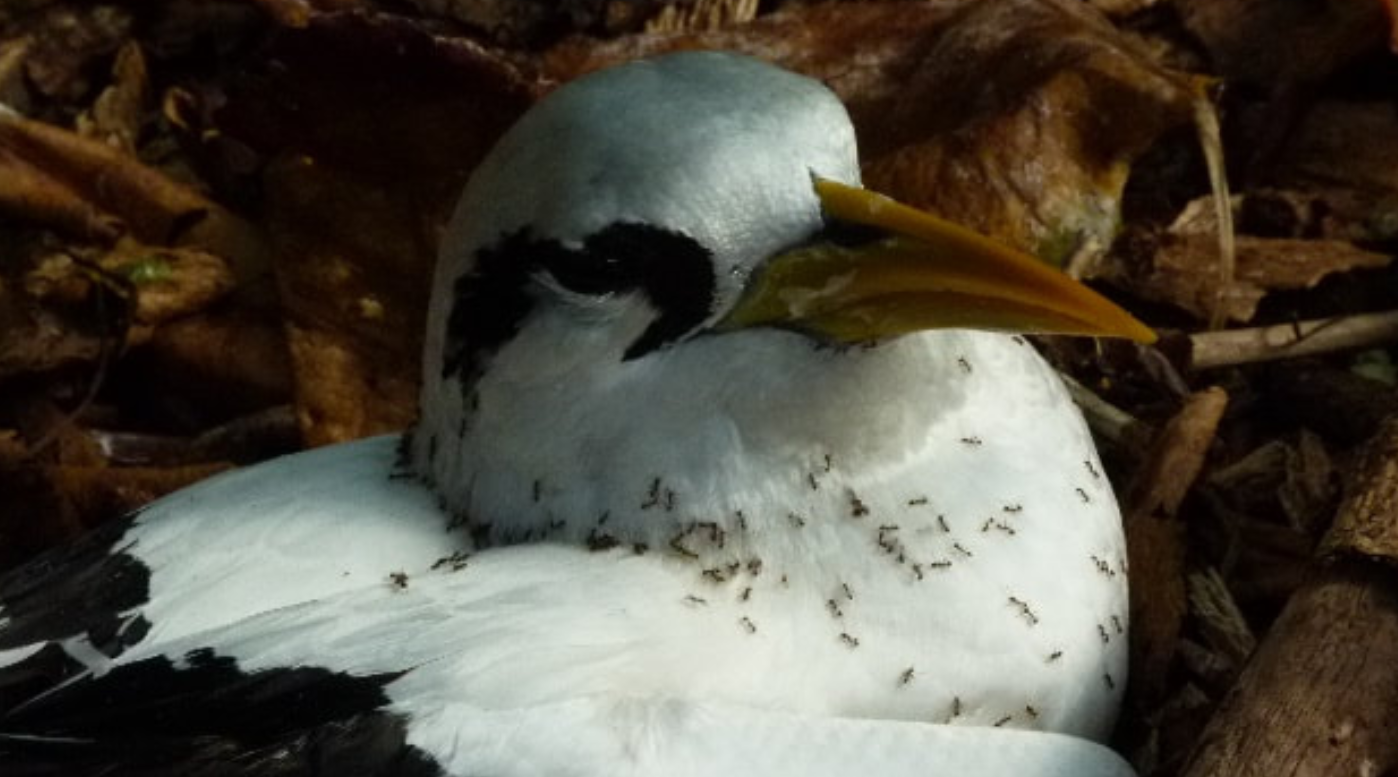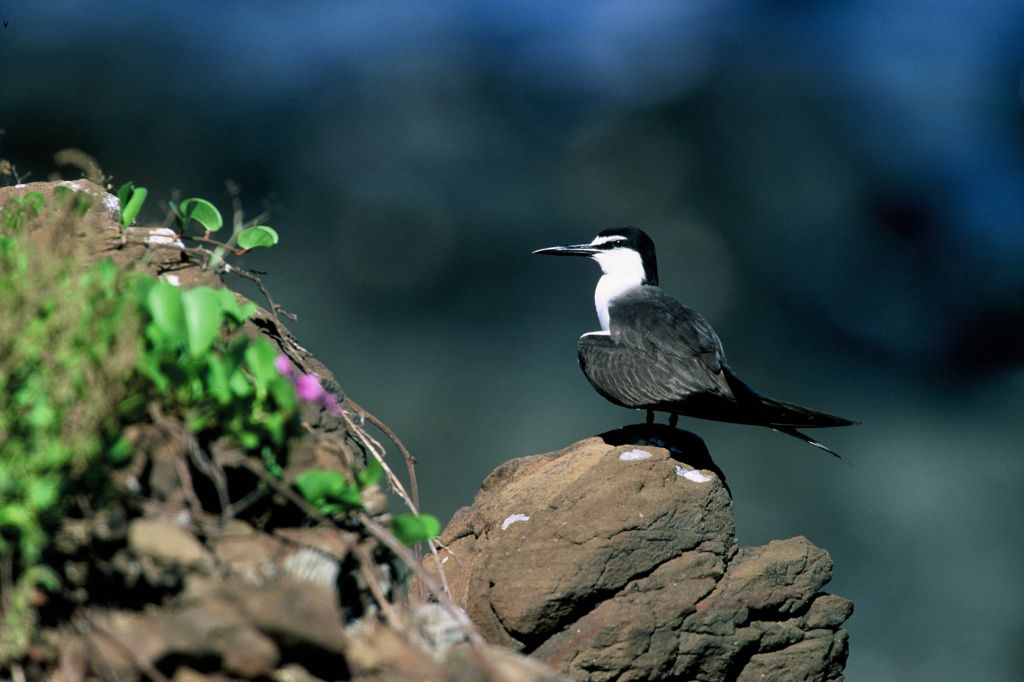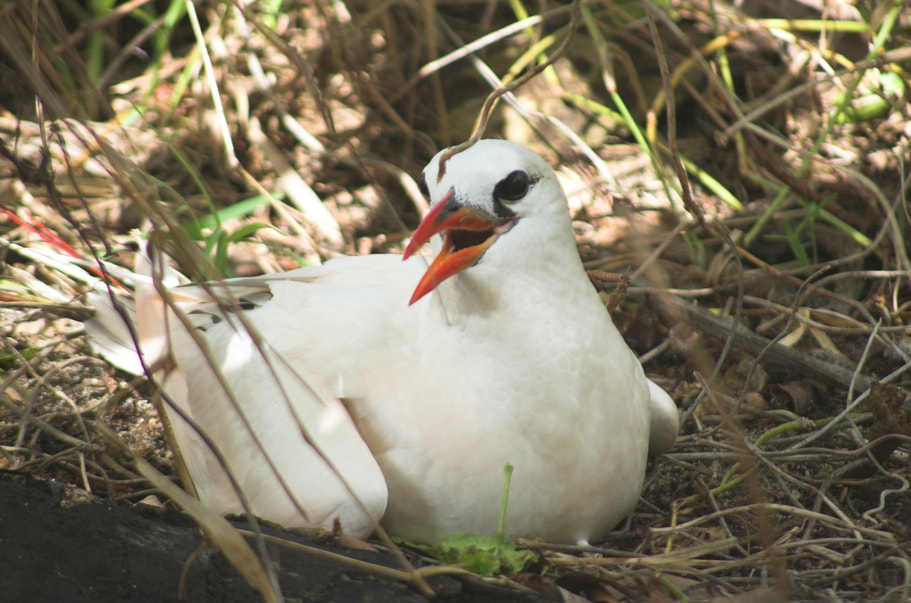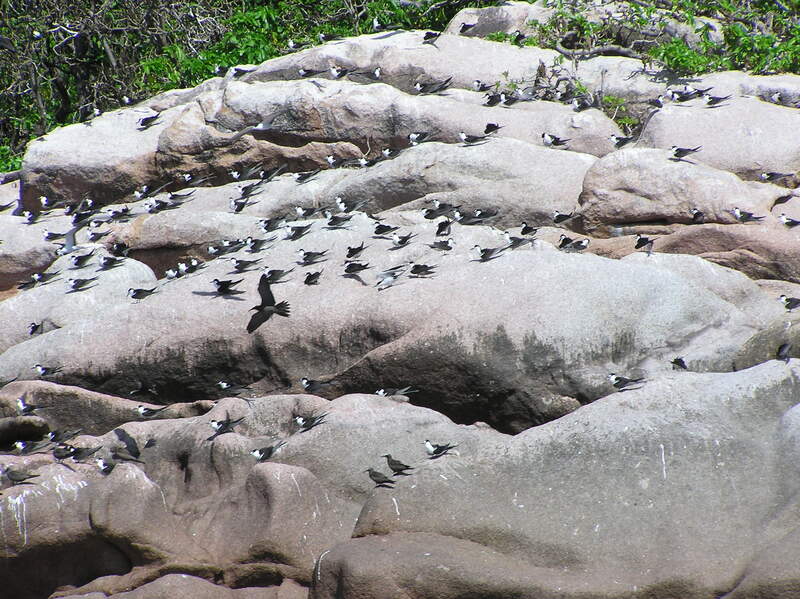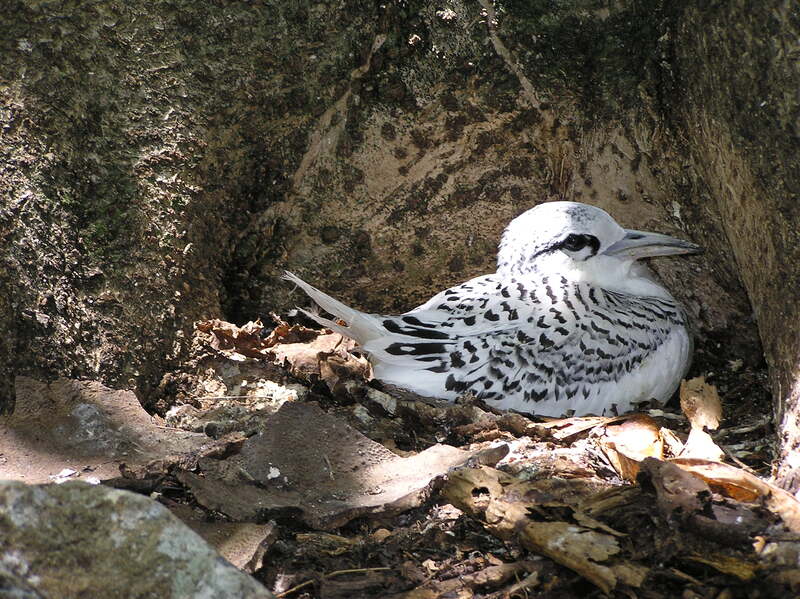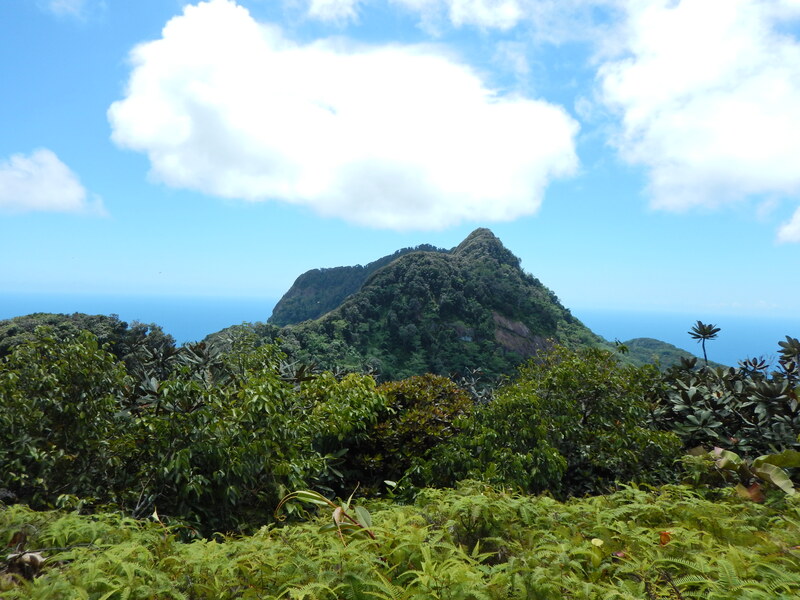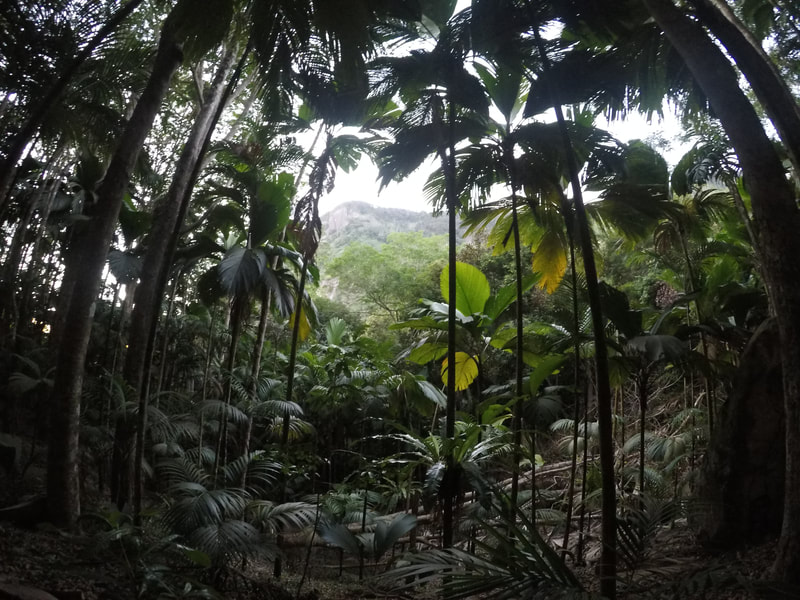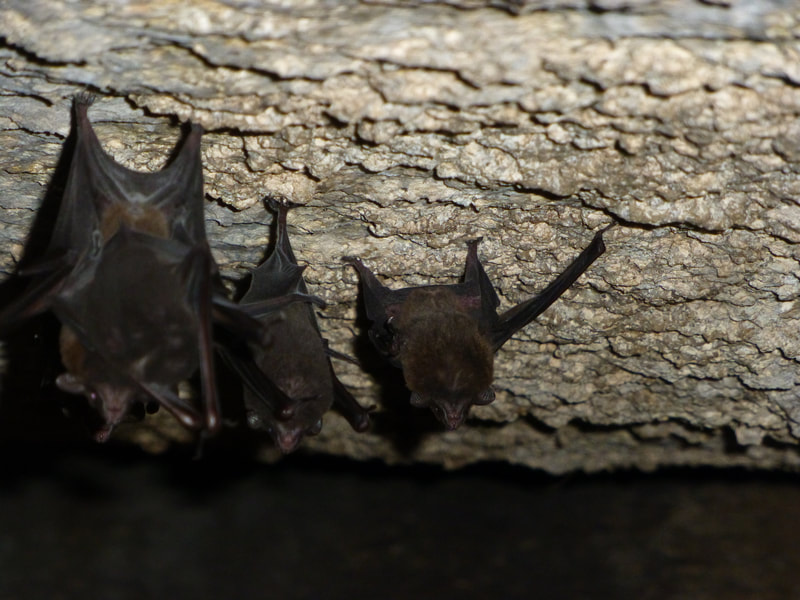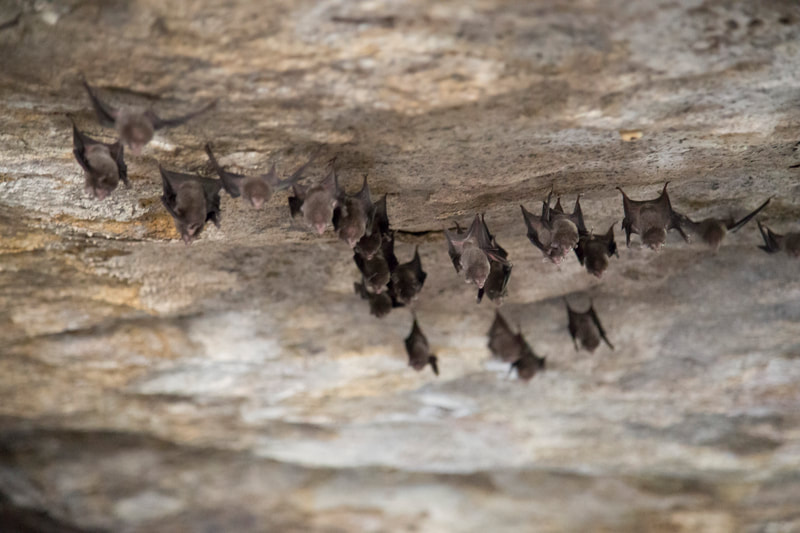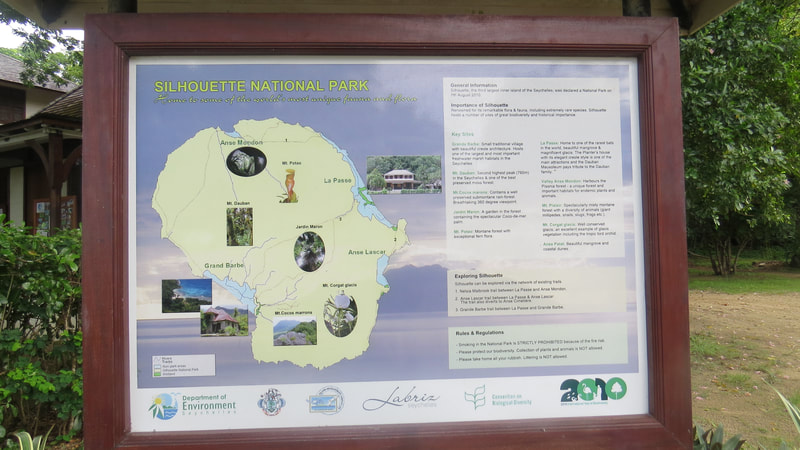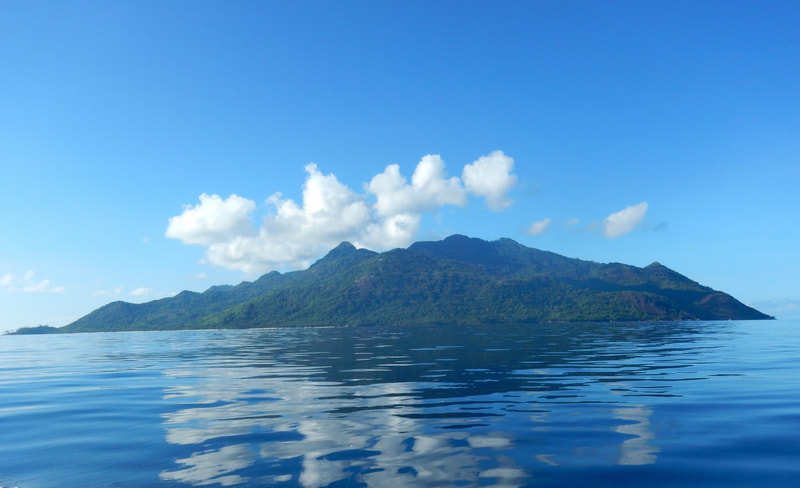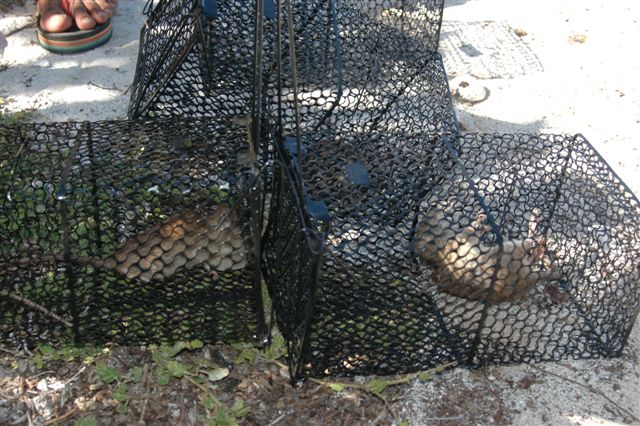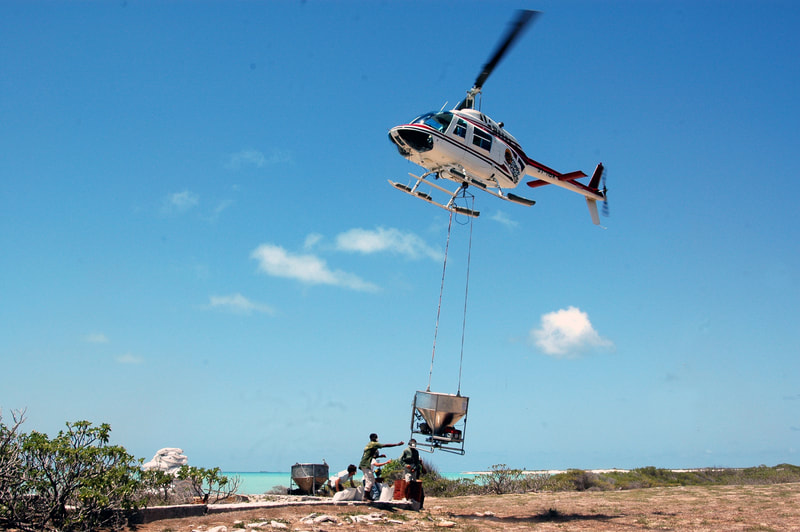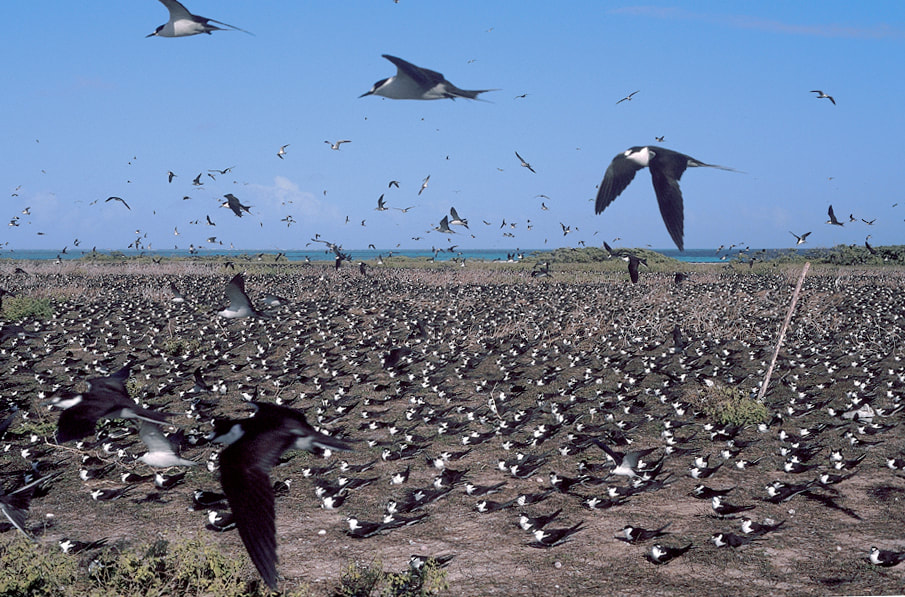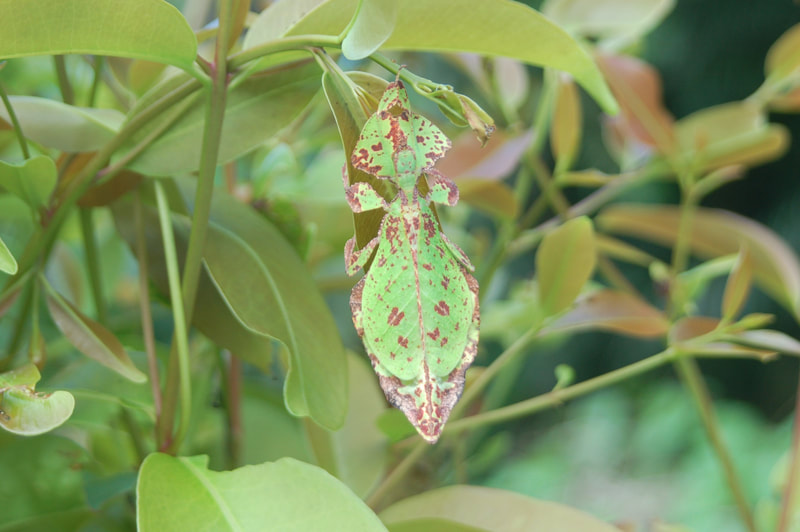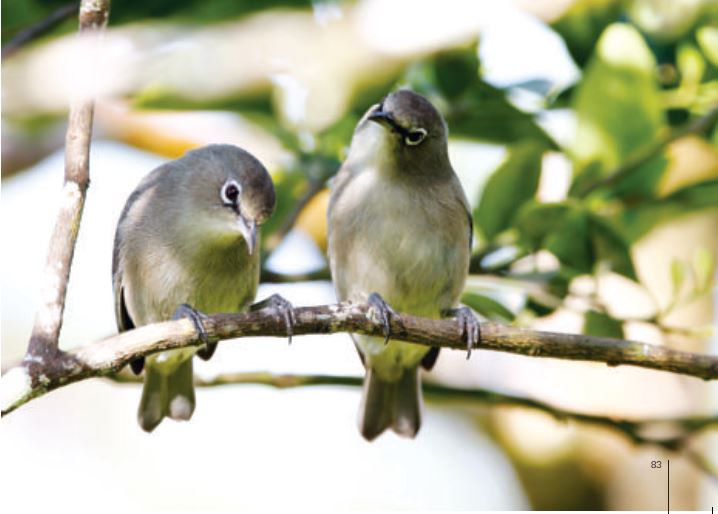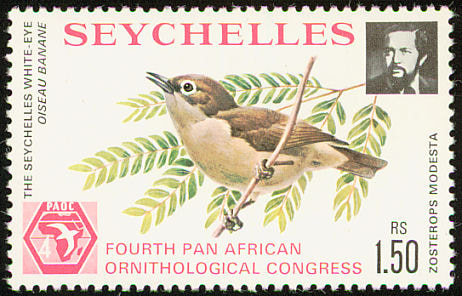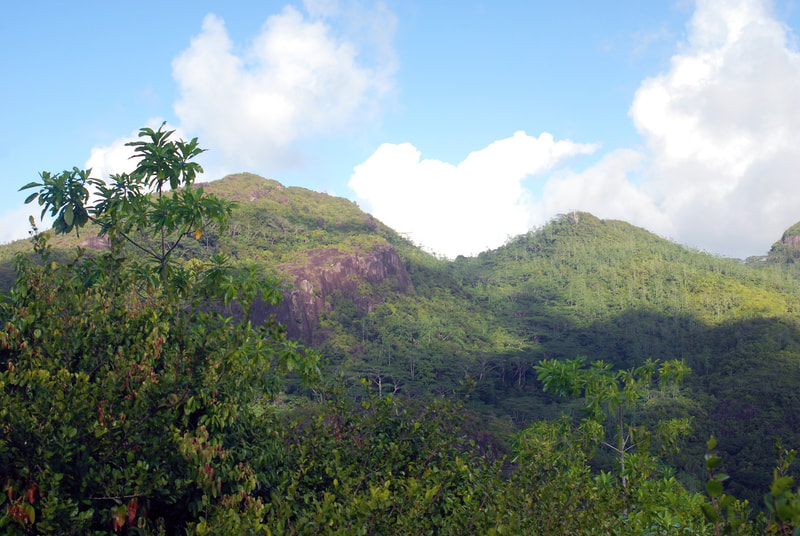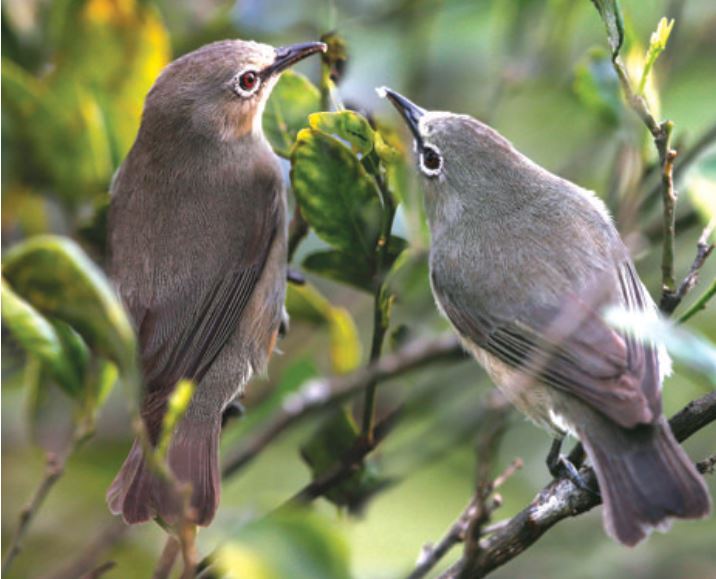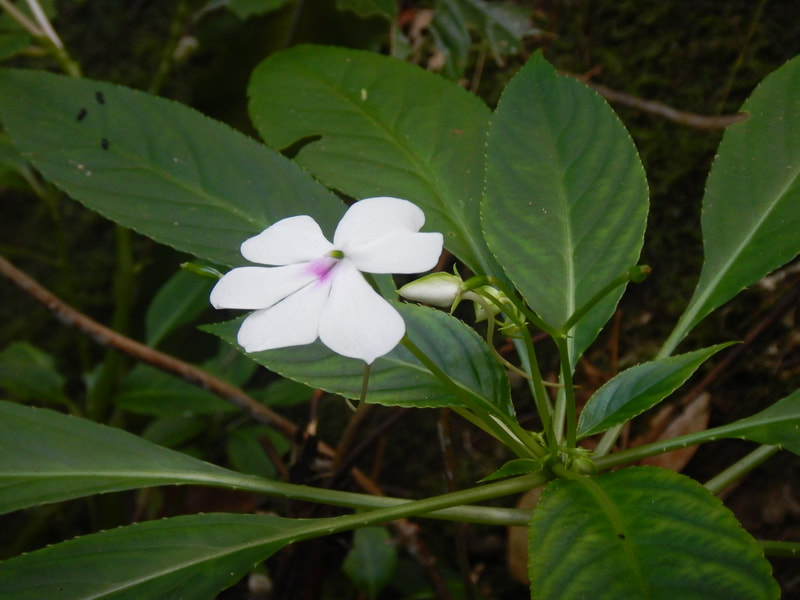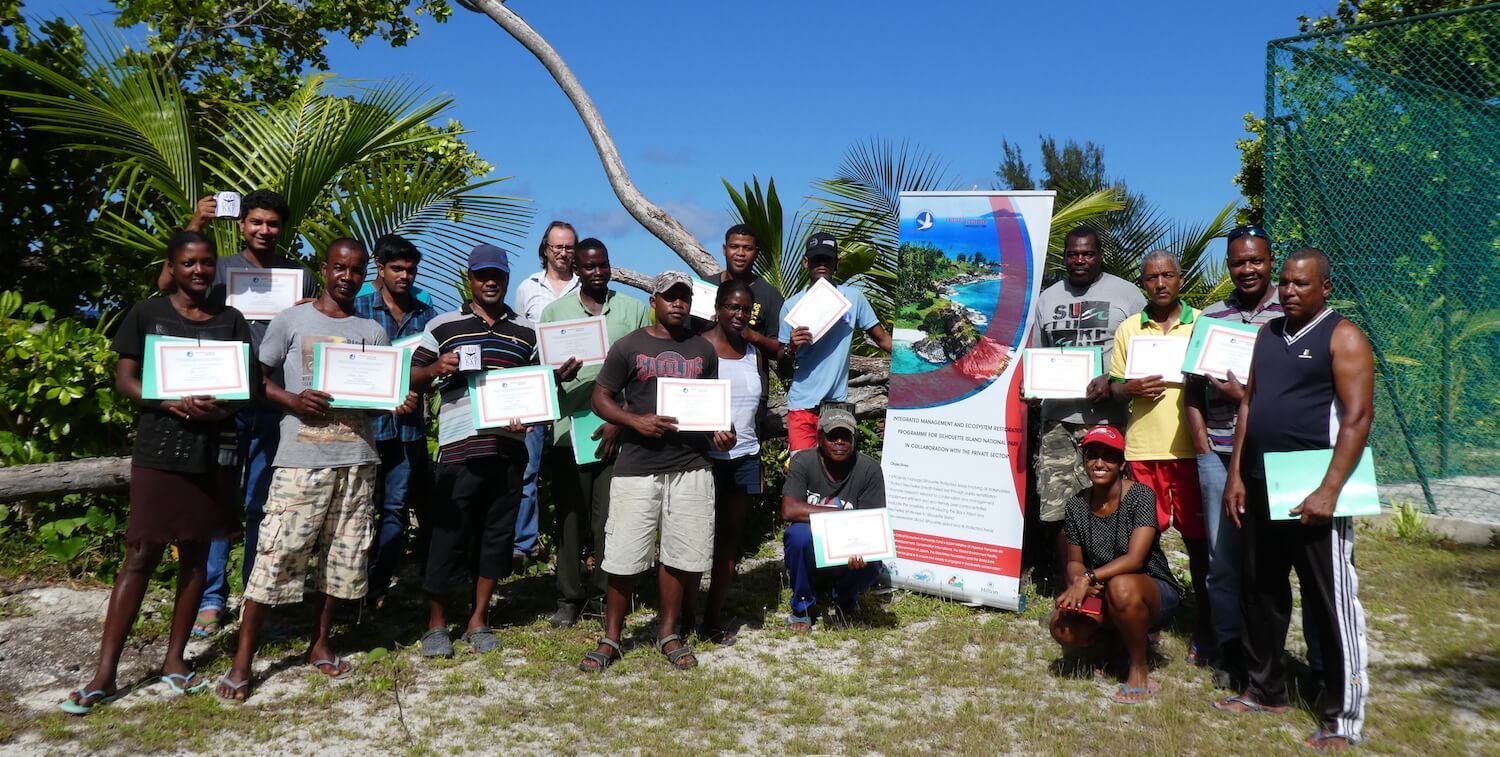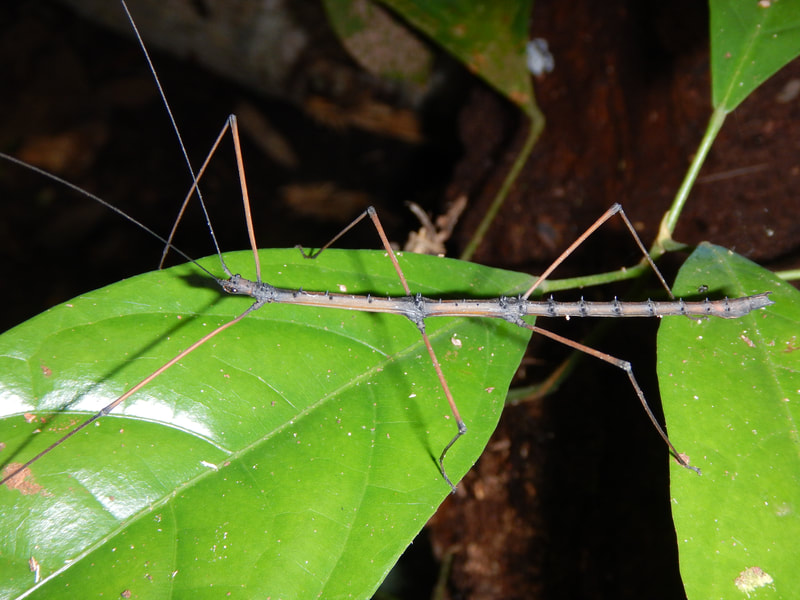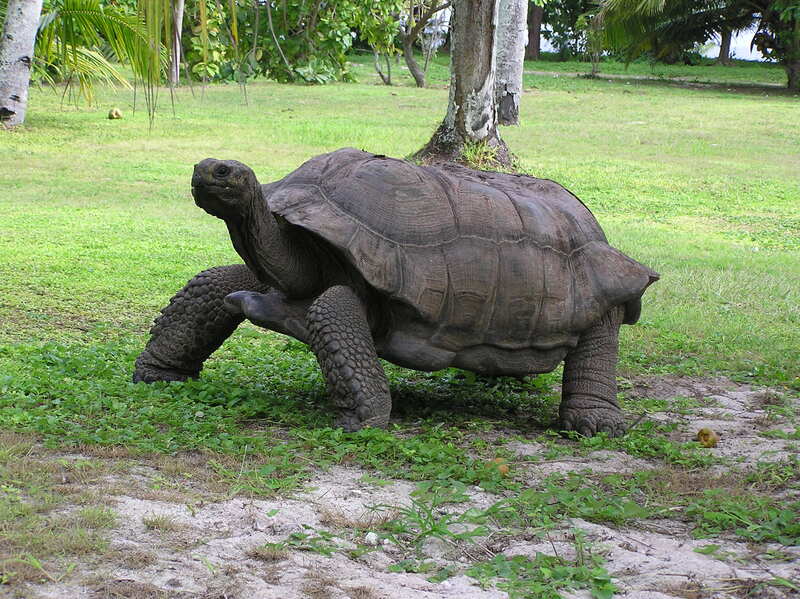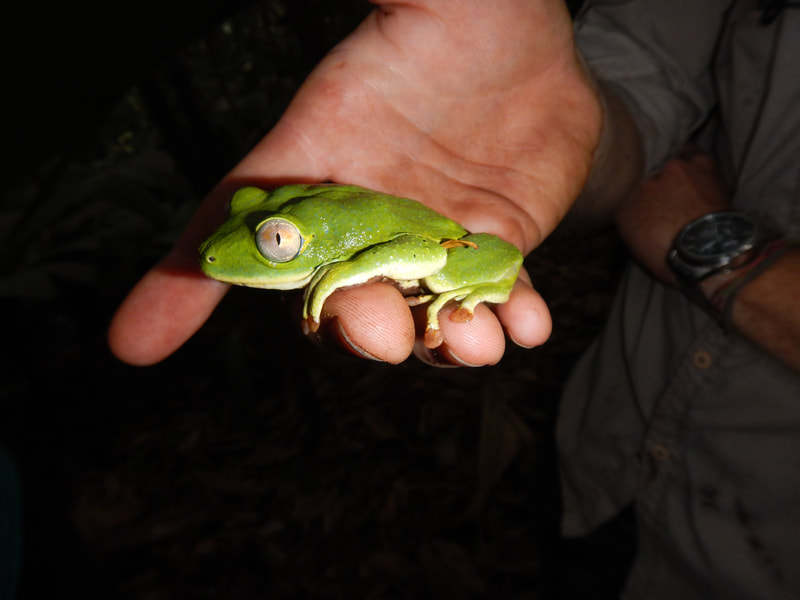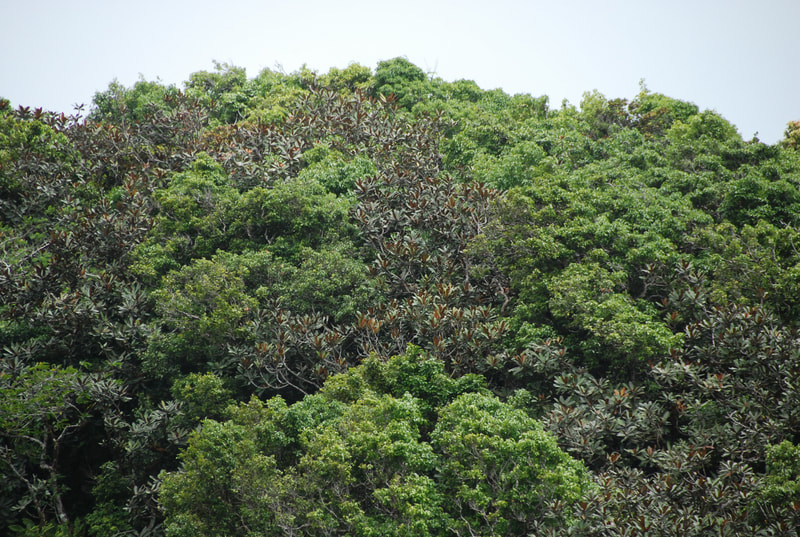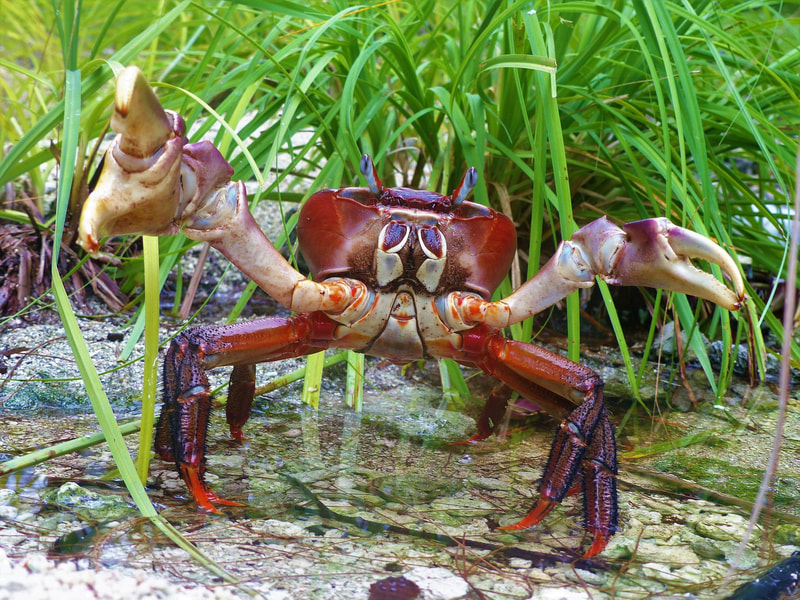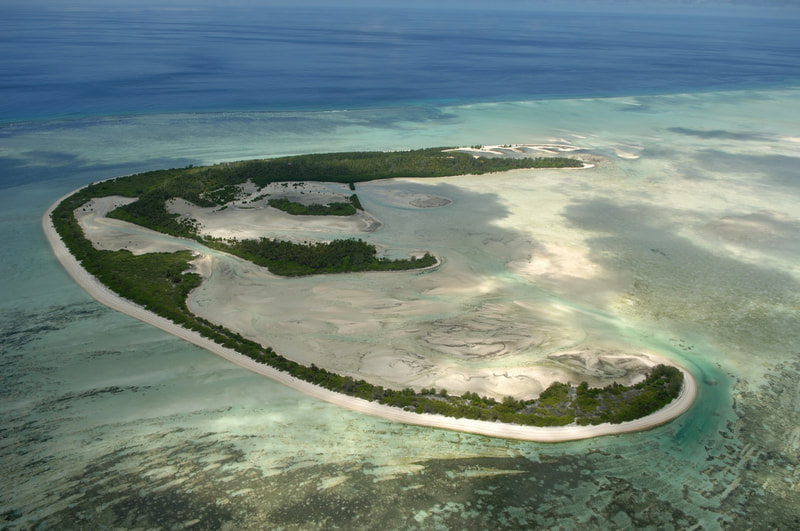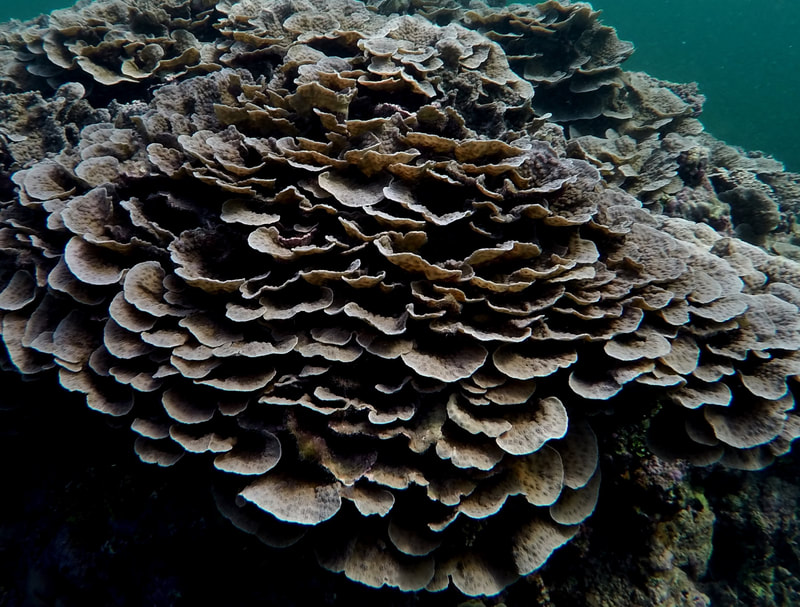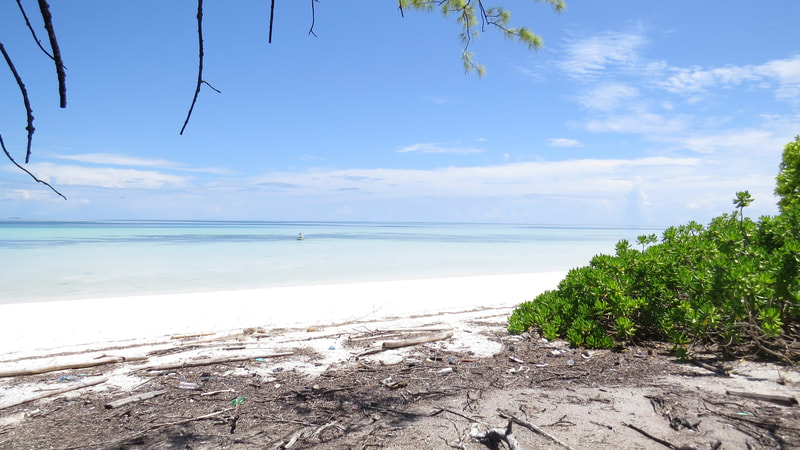Title
|
The Aride Shearwater Project
|
Main Objective
|
|
Timeframe
|
2011–2014
|
Donors
|
TOTAL, Centre National de la Recherche Scientifique (CNRS, France) and ICSUK/James Cadbury
|
Title
|
The Pangaea Project
|
Main Objective
|
“To strengthen our understanding and undertake conservation of critical terrestrial and marine ecosystems through the collection of baseline data”. The project aimed to provide insight into changes that are occurring in outer island ecosystems, help to identify key environmental threats related to climate change and other anthropogenic pressures and assist in determining management actions needed. It complemented work undertaken under the UNDP/GEF funded Outer Islands Project by enabling collection of data at the more remote outer islands. This data can be used to identify critical habitats that warrant inclusion in the network of Outer Island Protected Areas defined by the Seychelles Government.
|
Timeframe
|
First cruise: 22–29 November 2013 visiting Boudeuse, Etoile, Remire, and African Banks.
Second cruise: 22 March to 1 April 2014 concentrated around Cosmoledo Atoll and one day around Farquhar Atoll. Third cruise: 10–23 November 2014 to Farquhar Atoll (7 days) and Astove Atoll (2 days) Fourth cruise: 18–26 March 2016 to Boudeuse, St. Pierre, Providence and Bancs Providence. |
Donors
|
Owners of M.Y. Pangaea, Teach Green Charitable Foundation and Outpost Expedition Pacific
|
Achievements
|
ICS Internal Reports:
Adam, P.A. and Downer A. (2014). Pangaea Project First Cruise Report – Coral Reef Surveys at Boudeuse, Etoile, Remire, and African Banks in the Amirantes Group (22nd–29th November 2013). Pierre-André Adam and Ahab Downer. ICS Internal Report. Mortimer, J. A. (2014). Nesting Sea Turtles and their Habitats (Beach Topography and Vegetation) at the Islands of Boudeuse, Etoile, Remire, and African Banks in the Amirantes Group, Seychelles. ICS Internal Report. Rocamora, G. (2014). Bird observations and conservation potential of the Islands of Boudeuse, Etoile, Remire, and African Banks in the Amirantes Group, Seychelles. Report on Findings of the First Island Conservation Society (ICS) / MV Pangaea Research Expedition 22‐28 November 2013. ICS Internal Report. Talma, E, Adam, P.A. and Downer A. (2014). Pangaea Project Second Cruise Report – Cosmoledo Coral Reef Survey (22nd March to 1st April 2014). ICS Internal Report. Mortimer, J.A. (2014). Pangaea Project Second Cruise Report – Nesting Sea Turtles of Cosmoledo Atoll (22nd March to 1st April 2014). ICS Internal Report. Duhec, A., Jeanne, R., and Narty, C. (2014). Pangaea Project Third Cruise Report (16th to 22nd November 2014) – Coral Reef survey at Farquhar Atoll. ICS Internal Report. Burke, G. (2014). Pangaea Project Third Cruise Report (16th to 22nd November 2014) – BRUV survey at Farquhar and Astove Atolls. ICS Internal Report. Calabrese, L. (2014). Pangaea Project Third Cruise Report (16th to 22nd November 2014) – Bird surveys: Farquhar Atoll and Astove. ICS Internal Report. Skerrett A (2016). Pangaea Scientific Expedition to Boudeuse, Providence and Farquhar: Bird Observations and Conservation Implications. ICS Internal Report. Scientific paper: Skerrett, A. (2016). Birds of Providence Atoll, Seychelles, and first population estimates of breeding Greater Crested Tern Thalasseus bergii and Black-naped Tern Sterna sumatrana at Bancs Providence. Sea Swallow 65: 9-17. Press articles: Mortimer J. A., Rocamora G., Adam P-A, Downer, A. and Mounier, S. (3 June 2014). Scientific Expedition to Cosmoledo Atoll. Today in Seychelles. Mortimer, J. A. (18 April 2016). ICS-Pangaea scientific expedition to remote and mysterious Providence. Seychelles Nation. Skerrett, A. (9 May 2016). Island Conservation Society 2016 Pangaea Expedition – Part Two. Major bird discoveries on Bancs Providence. Seychelles Nation. |
Title
|
Big-headed Ant Project
|
Main Objective
|
Eradication of the invasive ant species, Big-headed Ant Pheidole megacephala. The ant was found on Aride in 2010, possibly arriving with wood and coconuts brought by tourist boatmen for BBQs (now forbidden, but accidental import from Praslin with shopping remains a concern). The ant impacts invertebrate populations, especially those of native ants, with consequent effects on ant-feeding birds such as Seychelles Magpie-robin. An eradication effort using formicide bait, under licence from MEECC, was undertaken and finalised in December 2019
|
Timeframe
|
2012-2019
|
Donors
|
James Cadbury/ ICSUK and the US Embassy Self-help programme
|
Achievements
|
The signs are that eradication has been successful, although small pockets of ants may still survive and a period of further monitoring is required before eradication can be declared a success. If confirmed, this will be the first successful eradication of an invasive insect in Seychelles.
ICS Internal Report Tragett, C. (2020) Big Headed Ant Pheidole megacephala: Summary of Eradication Efforts. ICS Internal Report. Press articles: Meriton-Jean, S. (01 March 2015). Aride versus invasive ants! Seychelles island gets tough on notorious big-headed ants. Seychelles News Agency Curran, M. (30 May 2016). Aride Island winning the fight against Big Headed Ants. Seychelles Nation Presentation: Presentation on Big headed Ant (June 2018) Eradication attempt on Aride Island at the Alien Invasive Species Forum hosted by Seychelles Island Foundation on Praslin |
Title
|
Sheath-tailed Bat Project
|
Main Objective
|
To increase national awareness of the Sheath-tailed Bat and its extinction risk through community outreach, education, and awareness raising activities on Silhouette and Mahe, and to enhance in-country research and conservation expertise on this species.
|
Timeframe
|
2014-2016
|
Donors
|
Government of Seychelles, United Nations Development Programme, Global Environment Facility (GOS-UNDP-GEF)
|
Achievements
|
Educational materials:
Bats of Seychelles Toolkit (2016) Resources Guide For Educators, Students and Environmental Enthusiasts Schools, Environment Clubs, Library and Resource Centres, GoS-GEF-UNDP SGP. Project activities centred on the development and implementation of a suite of educational activities such as the ‘Save the Sheath-tailed Bat Night’ community day on Silhouette, and an educational Sheath-tailed Bat roadshow touring around schools and public hot spots on Mahe. Expert training was given to various conservation practitioners with the aim of enhancing their capacity to conduct scientific monitoring of the Sheath-tailed Bats. State-of-the-art acoustic and video surveillance equipment were acquired through the project to assist with the monitoring of this critically endangered species on Silhouette. Additional funding is required to continue with the ongoing monitoring of the small bat population on Silhouette. Funding is also needed to cover other expenses to protect and conserve of this emblematic bat species from extinction. Video: https://youtu.be/FAkKb2-7nYc Press articles: Meriton-Jean, S. and Uranie, S. (19 February 2015). Living on the edge: Conservationists helping the Seychelles Sheath tailed Bat to fight for survival. Seychelles News Agency. Street, A. (16 March 2015). Of bats and men: Saving the sheath-tailed Bat. Seychelles Nation Moncherry, B. (20 June 2016). Save our Seychelles Sheath-tailed Bat day on Silhouette. Seychelles Nation. Educational materials: Bats of Seychelles Toolkit (2016) Resources Guide For Educators, Students and Environmental Enthusiasts Schools, Environment Clubs, Library and Resource Centres, GoS-GEF-UNDP SGP. |
Title
|
French Facility for Global Environment Project (FFEM)
|
Main Objective
|
This programme had 5 major components and a budget of 1.3 million euros, with 33% provided by the Fonds Français pour l’Environnement Mondial (French Global Environment Facility). It was implemented in collaboration with local and international partners. The project focused on 5 islands. In the granitics and Cosmoledo in the Aldabra Group.
|
Timeframe
|
2005-2009
|
Donor
|
Fonds Français pour l’Environnement Mondial (French Global Environment Facility or FFEM).
|
Achievements
|
The considerable achievements of this project include:
• Eradication of Black Rats and Barn Owls on North Island, Ile aux Rats, Anonyme and 3 islands of Cosmoledo (Grand Polyte, Petit Polyte and Grande Ile) • Eradication of Norway Rats on Conception • Eradication of Barn Owls on North Island and Aride Island • Rat control at white-eye sites on Mahe • Habitat restoration on North Island, Conception, Anonyme and Cosmoledo • Introduction of the Endangered Seychelles White-eye and Seychelles Black Mud Terrapin to North Island • Ecosystem monitoring on several islands • Construction of rat proof room on Aride • Annual monitoring for the Seychelles Black Parrot restarted with MENRT and Black Parrot Action Plan 2009–2013 produced. • Annual monitoring of the Seychelles White-eye population at Frégate (through 2 Masters and 1 PhD) • (Re)introduction of Leaf Insect to Frégate Island • Training courses in bird ringing & monitoring techniques, plant conservation & monitoring techniques, insect conservation & monitoring techniques, eradications, vegetation management and reintroductions • One Seychellois student passed MSc 1 and MSc 2 at University of Réunion (2006 & 2007) • One Seychellois student and one French student PhD at MNHN (Paris Museum) • One chapter on the Seychelles White-eye in IUCN book Global Reintroduction Perspectives • 14 articles (8 local, 6 foreign) in popular or specialised magazines, 9 TV reports (8 in local SBC, and 1 foreign on European channel ARTE), 9 newspaper articles (8 in local Nation and 1 foreign in Le Monde, France). • 4 international conferences on birds (CFO 2006, Paris), rats (Hawaii, 2007), climate change and loss of biodiversity in islands (Réunion, 2008), and IUCN World Conservation Forum (Barcelona, 2008) attended by 3 project staff who gave oral or poster presentations. Further details may be found on our List of Achievements Scientific papers: Climo G. & Rocamora G. (2006). The eradication of Black rats from North Island (Seychelles) and recommended measures to minimise the risks of reinvasions. Projet Réhabilitation des Ecosystèmes Insulaires. Island Conservation Society & North Island. Rocamora, G. & Laboudallon, V. (2009). Seychelles Black Parrot Coracopsis (nigra) barklyi Conservation Assessment & Action Plan. 2009–2013. FFEM Project ‘Réhabilitation des Ecosystèmes Insulaires’. Island Conservation Society.& MENRT (Seychelles). Press articles: Rocamora, G. (28 July 2007). Seychelles White-eyes transferred to North and Cousine: two new islands for the species. Seychelles Nation Seychelles Nation journalist (06 July 2009). Conservationists end talks on island restoration. Seychelles Nation Brochures What is the Island Conservation Society? Rehabilitation of island ecosystems Réhabiltation des ecosystèmes insulaires See also Seychelles White-eye project for further papers. |
Title
|
Seychelles White-eye Project
|
Main Objective
|
To lead conservation actions to ensure the survival of the Seychelles White-eye. In 1996, only 25-35 individuals were known. In 1997, a previously unknown population was discovered on Conception estimated in 1999 to hold about 275 individuals with about 50 more on Mahé.
|
Timeframe
|
2001-2013
|
Donors
|
Various
|
Title
|
Critical Ecosystem Partnership Fund Project (CEPF): Advancing Ecosystem Management and Threatened Species Recovery through Partnerships
|
Main Objective
|
To improve the conservation management of Silhouette, working with Labriz Resorts to develop a new management plan. Develop biosafety protocol to prevent the introduction of invasive species and to initiate best environmental practices in the tourism industry. Publish and share codes of conduct with the government and private sector operators in the Seychelles.
|
Timeframe
|
June 2015-December 2018
|
Donor
|
CEPF
|
Achievements
|
• Conservation Management Plan and a Biosecurity Plan produced
• Best Codes of Conduct document produced summarizing activities to protect the Sheath-tailed Bat • Invasive alien Species technical document produced • Biodiversity Surveys conducted • Simple leaflets, banners, posters and sticker boards produced in English and Creole • Social-media posts done on the ICS Facebook page and on the ICS blog. • Articles written in local newspapers. • Leaflets, poster, banner and sticker board produced under different components and distributed to the local community and others • 3 school visits conducted • Habitat Suitability Survey completed for the Seychelles Black Parrot Reports CEPF Final Project Completion Report Posters: Poster 1: Results of the IBC-CEPF project 'Advancing Ecosystem Management and Threatened Species Recovery through Partnerships' Phase 1 Poster 2: Results of the IBC-CEPF project 'Advancing Ecosystem Management and Threatened Species Recovery through Partnerships' Phase 1 |
Title
|
Outer Islands Project
|
Main Objective
|
To promote the conservation and sustainable use of terrestrial and marine biodiversity in the Seychelles’ Outer Islands by expanding the protected areas system and strengthening protected area management, supported by broad-scale ecosystem planning and sustainable land management activities to conserve ecosystem functions.
|
Timeframe
|
2014-2020
|
Donors
|
Government of Seychelles, United Nations Development Programme, Global Environment Facility (GOS-UNDP-GEF)
|
Achievements
|
Outcome 1 focussed on Management effectiveness enhanced within a sample of coastal and marine protected areas operating under innovative public-private-civil society partnership agreements and comprised of seven outputs:
Output 1.1: Biodiversity & Ecosystem Assessment, Monitoring and Conservation Programmes to strengthen PA Management • Fine-scale Terrestrial Habitat Maps and broad-scale Marine Habitat Maps developed for Poivre, Farquhar, Alphonse, St. François and Bijoutier and Desroches; • Standardised protocols for conservation of coral reefs, reef fish, mangroves, seagrass, giant tortoises, seabirds, sea turtles, water quality, subsistence fishing and fish spawning aggregations; • Species conservation management plans for coral reefs, reef fish, mangroves, seagrass, seabirds and sea turtles; • Monitoring and Assessment for coral reefs, reef fish, mangroves, seagrass, seabirds and sea turtles; • Establishment of ‘Citizen Science’ programme in relation to: a) recreational fisheries monitoring, and b) recreational diving monitoring programmes, in two protected sites: Alphonse Group and Desroches; • Marine habitat mapping and monitoring programmes on Aldabra. Output 1.2: Institutional capacity to plan and implement PA expansion is strengthened • The project supported the establishment and running of conservation centre on Farquhar; • Capacity-building of PA Management staff: 25 capacity-building activities targeting 148 males and 141 females from Government, non-Governmental organisations, the private sector and youth. Output 1.3: Infrastructure and Resources enhanced to enable PA management • Equipment and materials purchased for Assessment, Monitoring and conservation. Output 1.4: PAs Identified in the Outer Islands and nomination files prepared • Nomination file to designate five areas, ‘St. François Atoll Terrestrial Special Reserve’, ‘Ile du Sud-Farquhar Atoll National Park’, ‘Ile aux Goëlettes-Farquhar Atoll Special Reserve’, ‘Bancs de Sable-Farquhar Atoll Special Reserve’ and ‘Ile du Sud-Poivre Atoll National Park’), as well as the Marine Spatial Planning (MSP)/The Nature Conservancy (TNC)/OIP joint submission of nomination file to designate (and re-designate) areas for PA status of Desroches Atoll (Marine) Sustainable Use Area, Poivre Atoll (Marine) Sustainable Use Area, Alphonse Group (Marine) Sustainable Use Area and Farquhar Atoll (Marine) Sustainable Use Area under the National Parks and Nature Conservancy Act (1969) to the MEECC; • Draft regulations and gap analysis for these proposed PAs. Output 1.5: PA Management Structures in place and sufficiently financed • Development of Four 10-year Business Plans prepared for target sites. Output 1.6: PA Management Plans Developed and Implemented • Conservation management plans updated for Alphonse and Desroches and conservation management plans developed for Poivre and Farquhar. Output 1.7: Increased Education and Awareness levels support PA management in the Outer Islands • Raised awareness levels regarding Outer Islands conservation via a range of public awareness and education campaigns, focussing on: National Protected Area Day, International Day of Biodiversity and Seychelles National Day Expo celebrations. The project has also targeted the general public and students through a range of experiential awareness-raising activities. Outcome 2 focussed on Sustainable Development and CMPA management integrated into broader land/seascape in the Outer Islands’ The key achievements were as follows: Output 2.1: Spatially-based decision support system in place to enable integrated natural resource management in the Outer Islands The OIP has supported the MEECC’s Climate Science and Data Management (CSDM) Section: An example of gender transformation by the project - OIP supported MEECC's Climate Science and Data Management (CSDM) Section with the salary of a young female GIS technician. Provision of equipment, such as plotters and laptops. Output 2.2: Land Use Plans completed for targeted Islands Land Use Plans produced for Alphonse, Desroches, Farquhar and Poivre. Output 2.3: Ecosystem-wide Zoning & Master Strategy for the Outer Islands in place Supported MSP/TNC in the approval of Milestone 2 of the MSP being 26% (approximately 350,915 km² / 35,091,500-ha) of the EEZ; - ‘Aldabra Group Marine National Park’ from 71,612 km² to 177, 479 km² (increased from 5.3% to 13%); - Amirantes to Fortune Bank ‘Area of Outstanding Natural Beauty’ from 136,753 km² to 173,468 km² (increased from 10.1% to 12.8%). Output 2.4: Institutional Capacity strengthened for the implementation of Integrated Natural Resource The project has built the capacity of the MEECC and ICS staff on Information Management systems, Geographic Information System (GIS) and database management; Provided support to ICS to develop its geodatabase. Output 2.5: Ecosystem Restoration & Invasive Species Management Support PA management objectives Vegetation Management plans completed for Alphonse, Desroches and Farquhar; Restoration and maintenance of the 15 ha restored on Desroches. A tortoise sanctuary and native tree trail has been built and rain water harvesting infrastructure has been developed; Pest Abatement protocol and awareness materials finalised. Press article: ICS (5 December 2019). GOS-UNDP-GEF Outer Islands Project funds new ICS database, Seychelles Nation |

